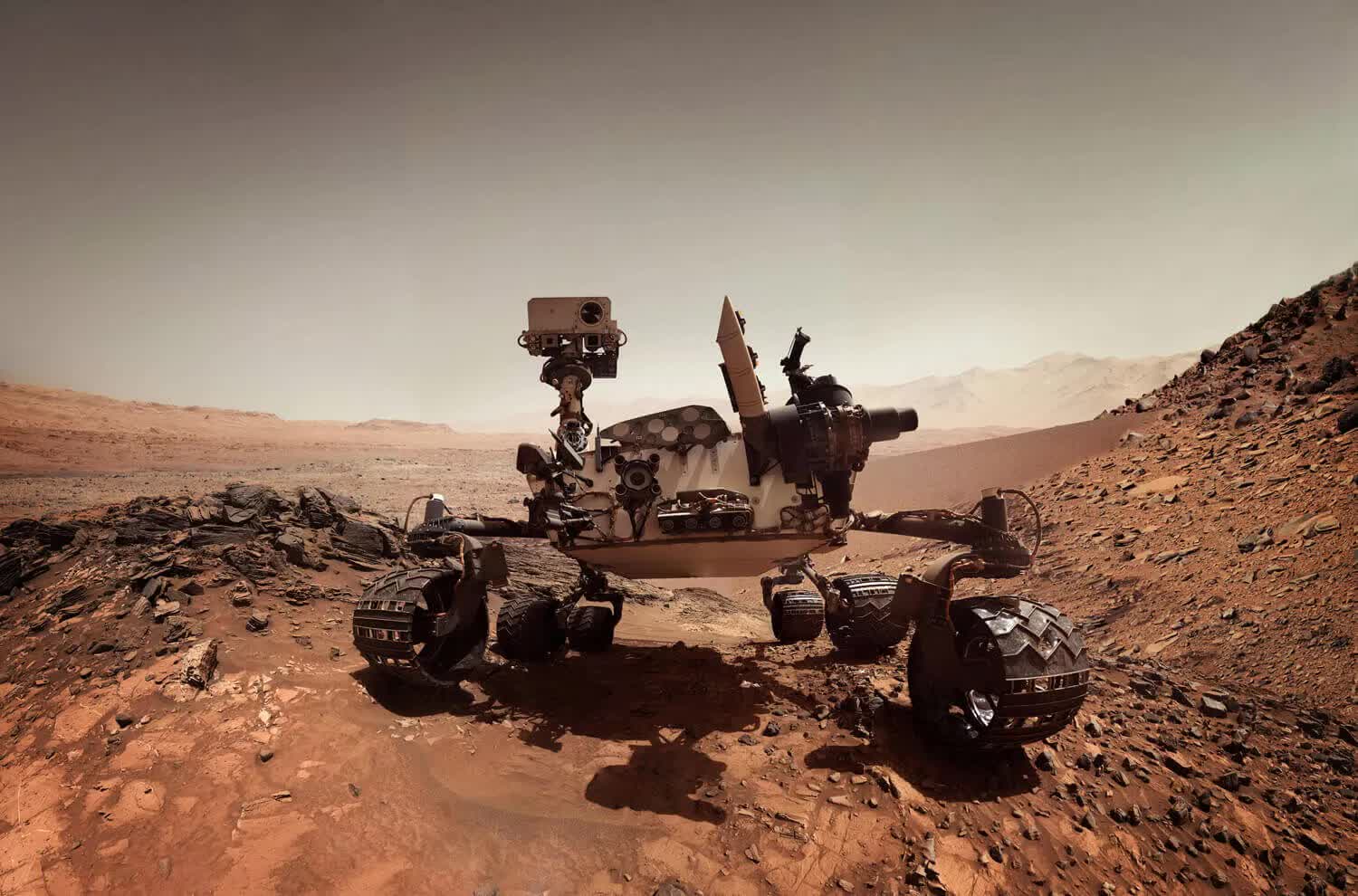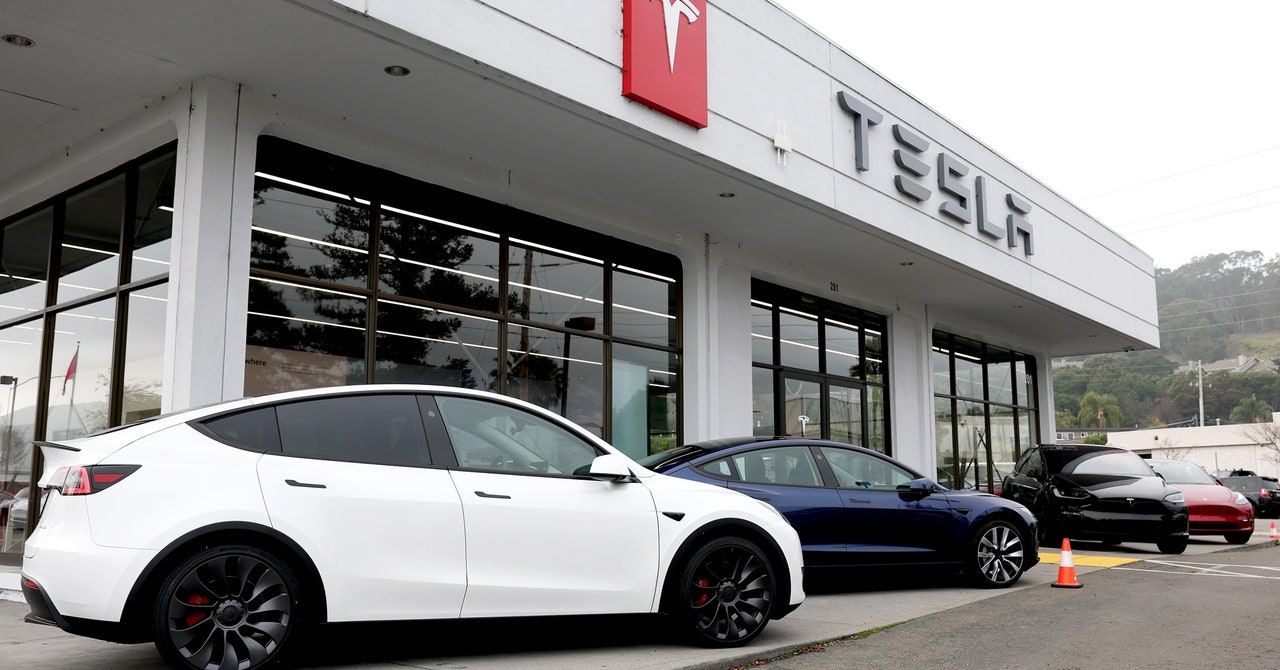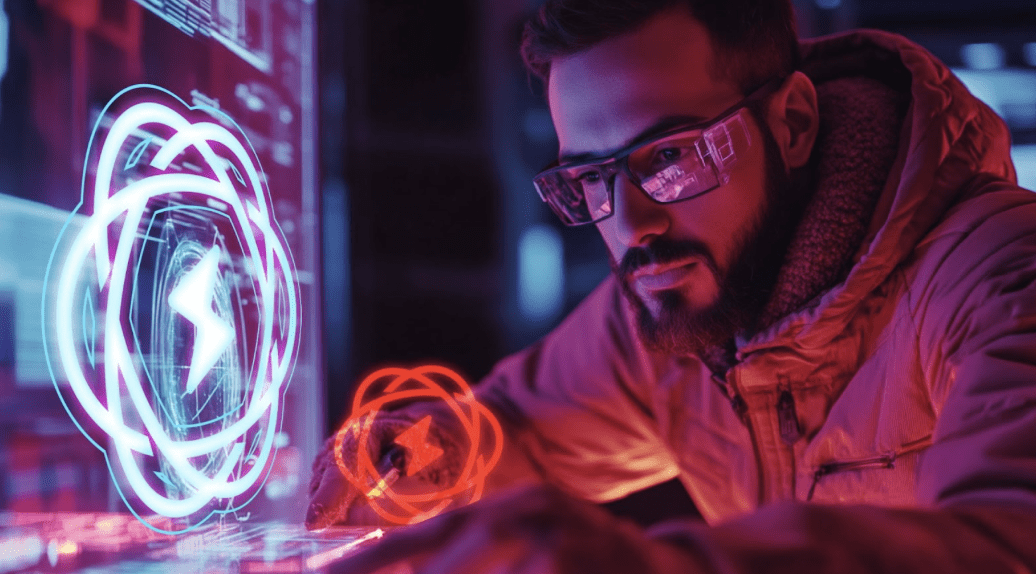The big picture: For decades, robotic spacecraft have traversed the solar system, enduring extreme environments that are utterly inhospitable to humans. The Parker Solar Probe, for instance, braved scorching temperatures exceeding 1,800°F during its 10-day flyby of the Sun. These extraordinary achievements, coupled with rapid advancements in AI, prompt a compelling question: do we even need human astronauts for future space exploration?
Some leading scientists who spoke to the BBC believe the role of humans in space exploration will diminish over time. The UK’s Astronomer Royal, Lord Martin Rees, told the publication that rapid advancements in robotics are reducing the need to send humans into space using “taxpayer’s money.”
Indeed, human spaceflight is significantly more expensive than robotic missions. For example, the 2021 Perseverance Rover mission cost approximately $2.7 billion, covering development, launch, and operations. In contrast, sending humans to Mars is estimated to cost $100 billion or more.
Rees even argues that the only justification for human space travel in the future would be as a privately funded adventure for wealthy elites.
Andrew Coates, a physicist at University College London, also champions robotic missions over human ones. He noted that robotic probes can travel farther and achieve more than human missions, with their potential only set to grow as AI technology advances.

Nvidia recently predicted that the robotics market is on the brink of explosive growth, akin to the rise of AI chatbots. Like many tech giants, the company is heavily investing in advanced humanoid robot development, which could accelerate their deployment in space exploration.
Dr. Kelly Weinersmith, a biologist at Rice University, appears to side with human-led missions. She argued in the report that maintaining a human presence in space carries significant national prestige, demonstrating that “your political system is effective and your people are brilliant.”
The scientific research angle also supports human involvement. Astronauts conduct invaluable experiments aboard orbital laboratories like the International Space Station. However, robots excel in environments that are hostile to human life, such as the surfaces and atmospheres of other planets.
As a result, many scientists advocate for a balanced approach. Humanoid robots equipped with dexterous limbs and AI assistants could handle repetitive maintenance tasks. Dr. Shaun Azimi of NASA’s Johnson Space Center suggested these robots could be especially useful for jobs like replacing components or cleaning solar panels.
So, where does generative AI fit into this vision? While powerful language models could play a role, current robotic rovers lack the computational power to run them effectively. One scientist noted that the processors in Mars rovers are roughly one-tenth as powerful as those in a smartphone. However, technological breakthroughs like “BitNet” might eventually make such applications feasible.









Leave a Comment